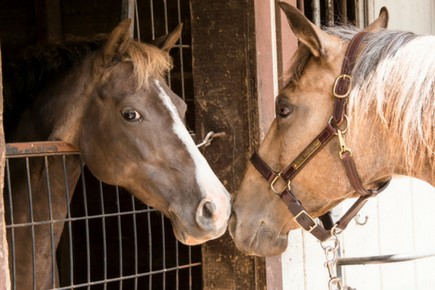Infectious disease outbreaks can inflict significant economic hardships.
February 26, 2018

The American Association of Equine Practitioners (AAEP) has published updated biosecurity guidelines to minimize the occurrence and mitigate the spread of potential disease outbreaks in horses.
The downloadable pdf incorporates comprehensive information and step-by-step protocols in three distinct areas: identification of key personnel, important contacts and reference materials; routine biosecurity protocol, and outbreak response.
The outbreak of an infectious disease can inflict significant economic hardship due to the loss of horses, loss of use and shutdown of industry activity, AAEP said. To further reduce risk, AAEP is assembling a companion worksheet that will serve as a practical resource for practitioners to use with their clients in planning for an outbreak. This fillable PDF worksheet is expected to be available in March.
To view the updated guidelines or to save them to a mobile device for future reference, visit aaep.org/guidelines/infectious-disease-control and select “AAEP Biosecurity Guidelines.” Additional biosecurity information specific to common situations and locations such as breeding operations, events and travel are available from the Equine Disease Communication Center through the “Biosecurity” link at equinediseasecc.org.
AAEP, headquartered in Lexington, Ky., was founded in 1954 as a nonprofit organization dedicated to the health and welfare of horses. Currently, AAEP reaches more than 5 million horse owners through its 9,000-plus members worldwide and is actively involved in ethics issues, practice management, research and continuing education in the equine veterinary profession and horse industry.
You May Also Like



